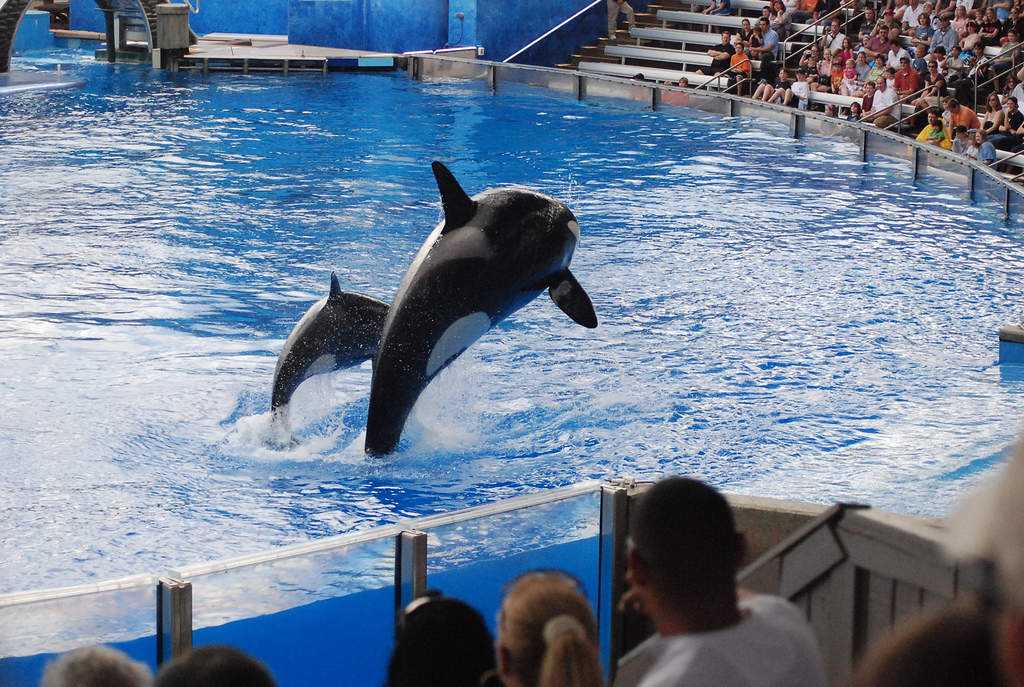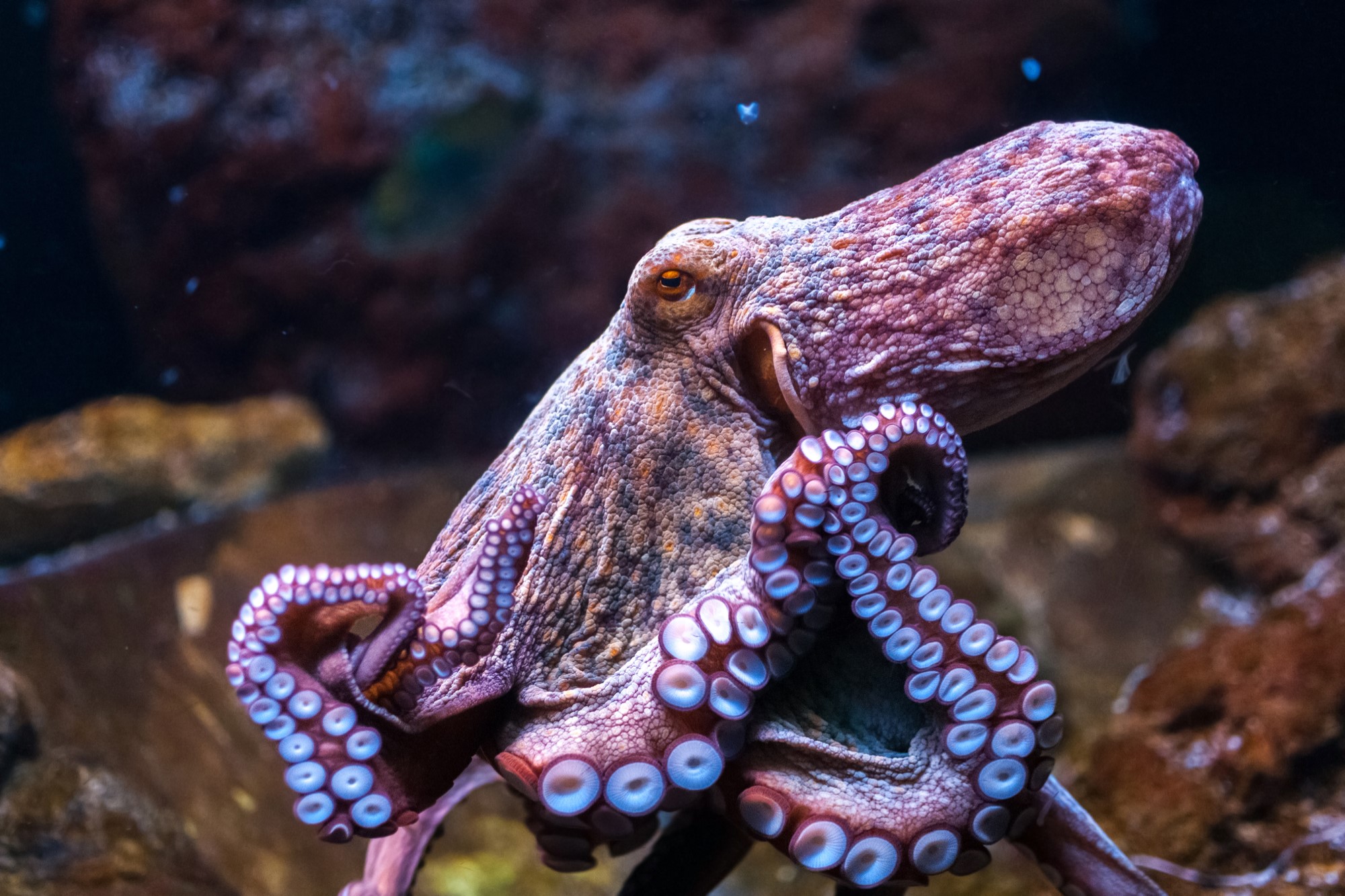Marine Education in a World Without SeaWorld
The release of a documentary titled “Blackfish” took the world by surprise five years ago, as it outlined the grim lives of captive killer whales within the sea-park industry. The documentary explored the life of one particular orca by the name of Tilikum, who was suffering from deteriorating health due to a bacterial infection and would later die in 2017 at a SeaWorld park. Since then SeaWorld has managed to stay out of the limelight, after announcing that their current group of captive orcas would be the last generation in a longstanding tradition of capture and contain.
However, in August 2018 CNN Money reported that attendance at SeaWorld parks rose 15% since the last quarter. Additionally, Sea World’s company shares are up 30% this year. For reference Time magazine reported that after Blackfish aired SeaWorld’s profits dropped 84%. These new upward trends in profit introduce a question posed by CNN reporter Paul La Monica, “Is the worst behind SeaWorld?”
It should be noted that SeaWorld isn’t the only appalling example of negligence and cruelty at a sea-park. For example, at the end of August 2018, stories began surfacing about a dolphin, 46 penguins, and hundreds of fish who were supposedly abandoned in a Japanese aquarium after the facility closed as reported by The Guardian. NPR reported on the death of a great white shark which refused to eat after being placed in captivity and died three days later of malnutrition in 2016. Although the latter incident occurred in Japan as well, there has been a long history of Monterey Bay Aquarium capturing sharks, particularly great whites, and holding them for a number of days or months before releasing them. In 2011, aquarium staff released a great white that had been held in the aquarium for two months. Minutes after release the shark was dead.
Obviously, these incidents are only a few that depict the consequences of housing wild animals. CNN predicts that even these blips in attendance to the parks will not stop the overall downward trajectory of SeaWorld, and their business will not be in the clear until orcas stop performing in tanks, and instead are welcomed home to sanctuaries in the ocean. An important question to consider is what marine education will look like in a society where theme parks centered around zoology and marine biology no longer exist. Will the lack of misinformation and corporate pressure increase the value of knowledge people gain from these experiences? Or will the lack of a big theme park fail to entice younger generations to explore and appreciate aquatic animals?
One argument is that the theme park atmosphere coupled with environmental education is the smartest way to showcase the beauty of the natural world to the general public. This model has served SeaWorld well for decades. Their website states that “SeaWorld artfully combines education and entertainment in a way that connects people to the sea and sea life like nowhere else.” This statement is not unique to SeaWorld: aquariums and sea-parks around the world boast of their entertaining shows which will capture the attention of individuals of all ages. There is something off about this mindset however, and it begs the question: do people really go to zoos or aquariums for entertainment, or do they go to educate themselves about the plight of endangered animals and broaden their expertise on the diversity of our ecosystems? It’s most likely a combination of the two, but if people are truly interested in learning about animal conservation, why are there roller coasters and water slides in so many of these so-called “educational experiences”? Certainly education is most effective in a setting where students can get actively involved with the material, but is a manta ray rollercoaster really going to help you recognize the impact of manta rays status on the Endangered Species Act as threatened, due to massive overfishing?
On the other hand, despite their shortcomings, zoos and aquariums spend 216 million dollars globally in conservation projects every year, not to mention SeaWorld’s rescue program which since its inception in 1965 has rescued more than 31,376 animals. The good that the SeaWorld corporation has done for animal rescue and awareness is unprecedented, and despite the controversy the positive influence this attraction has had on showcasing the ocean to generations of people cannot be ignored.
Aquariums as a whole have sought to and succeeded in inspiring people to want to protect and explore our oceans, but where new generations will look for that sense of wonder as SeaWorlds decline remains uncertain. Perhaps SeaWorld will rebrand and distance themselves from their history of animal training, and instead turn into an educational center.
An example of the future could lie in Clearwater Marine Aquarium, which is a marine life rescue center that operates in Florida and houses hundreds of marine animals who are either injured or suffering from illness. Their mission is to rescue animals, rehabilitate them, and if possible release them back into the wild. This model of utilizing animals which need human assistance to educate the community is one of the more ethically sound and realistic ways to encourage people’s interest in marine life, while also not exploiting the animals in the aquarium’s care. In an ideal society all zoos and aquariums would follow this model of rehabilitation and release. However, profits continue to dominate the interests of this industry. Over time hopefully public dissatisfaction with the current treatment of aquatic animals will pressure large companies like SeaWorld to alter their methods of education to emphasize the beauty of marine animals in their natural habitat.





